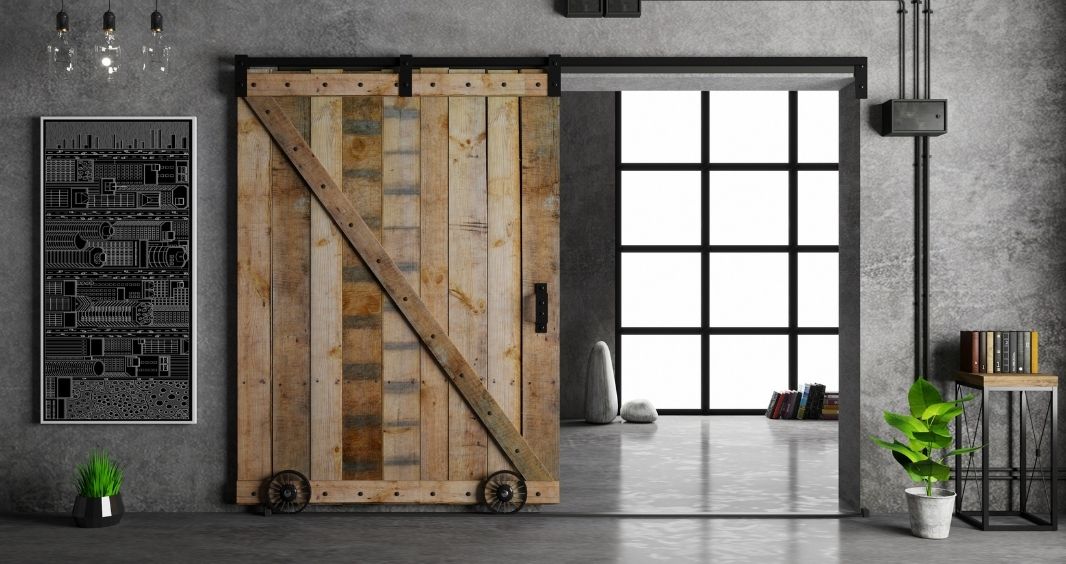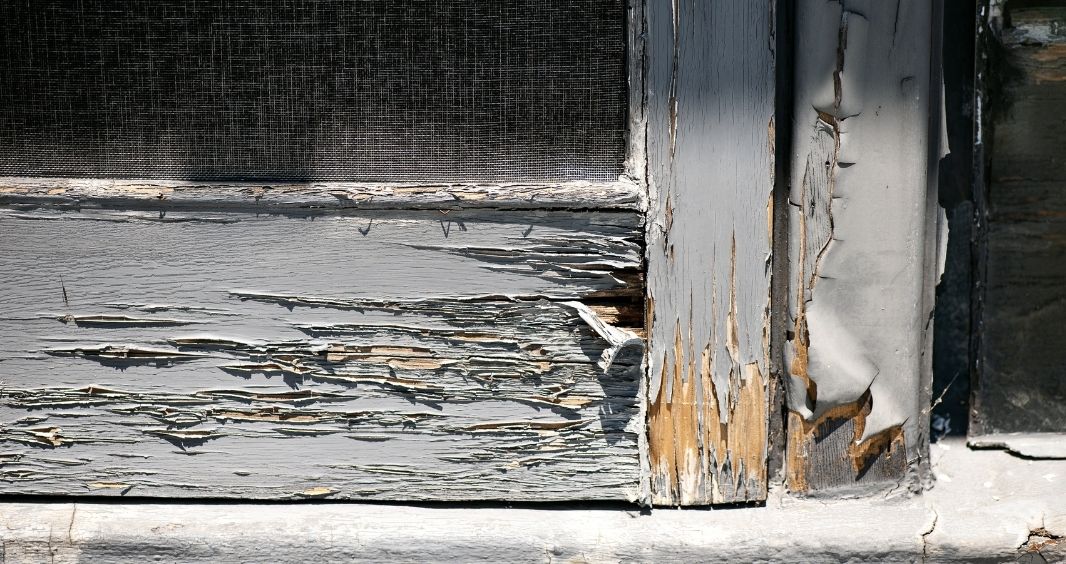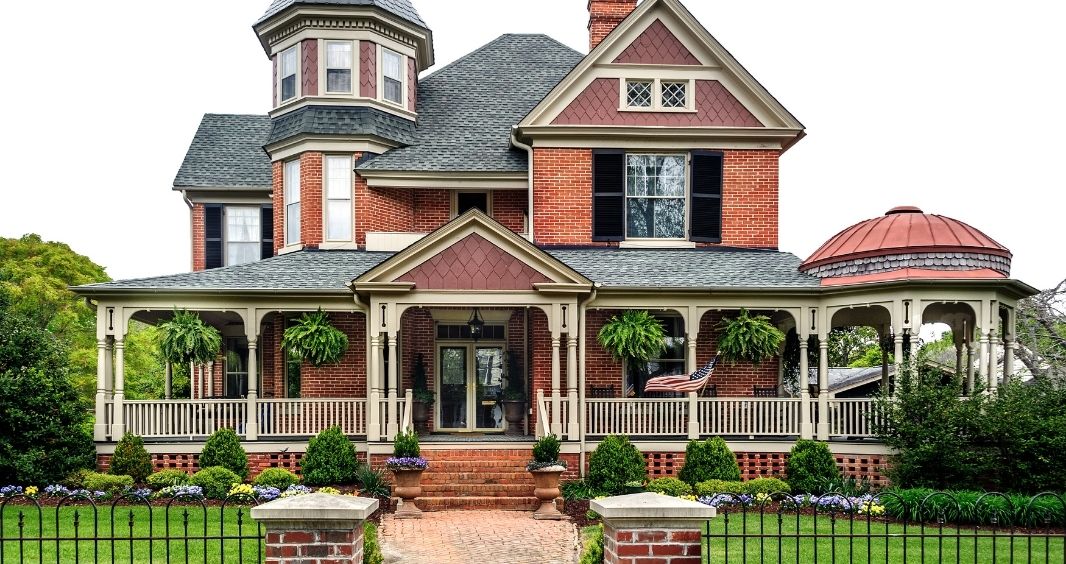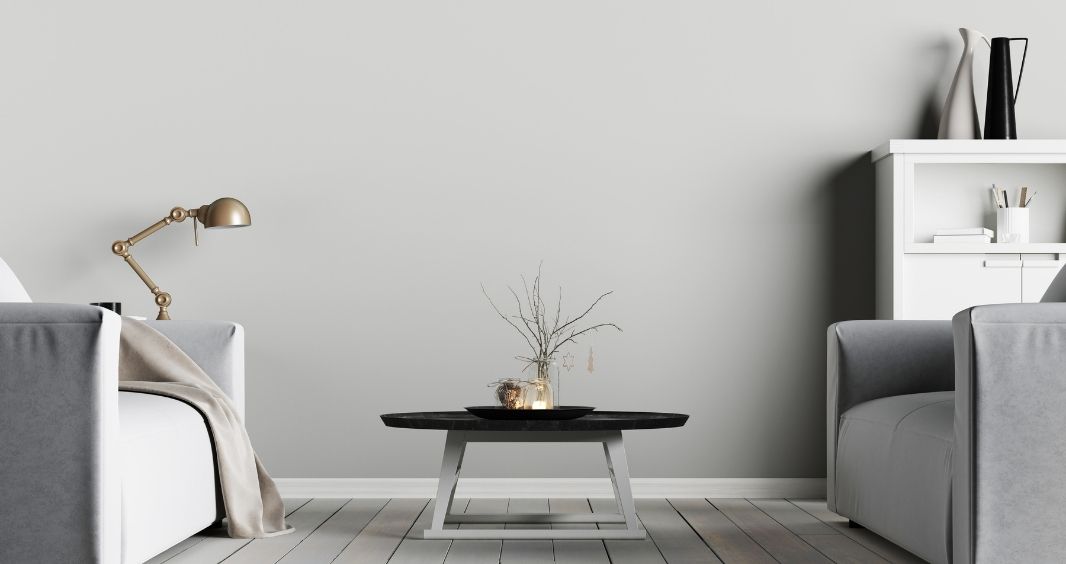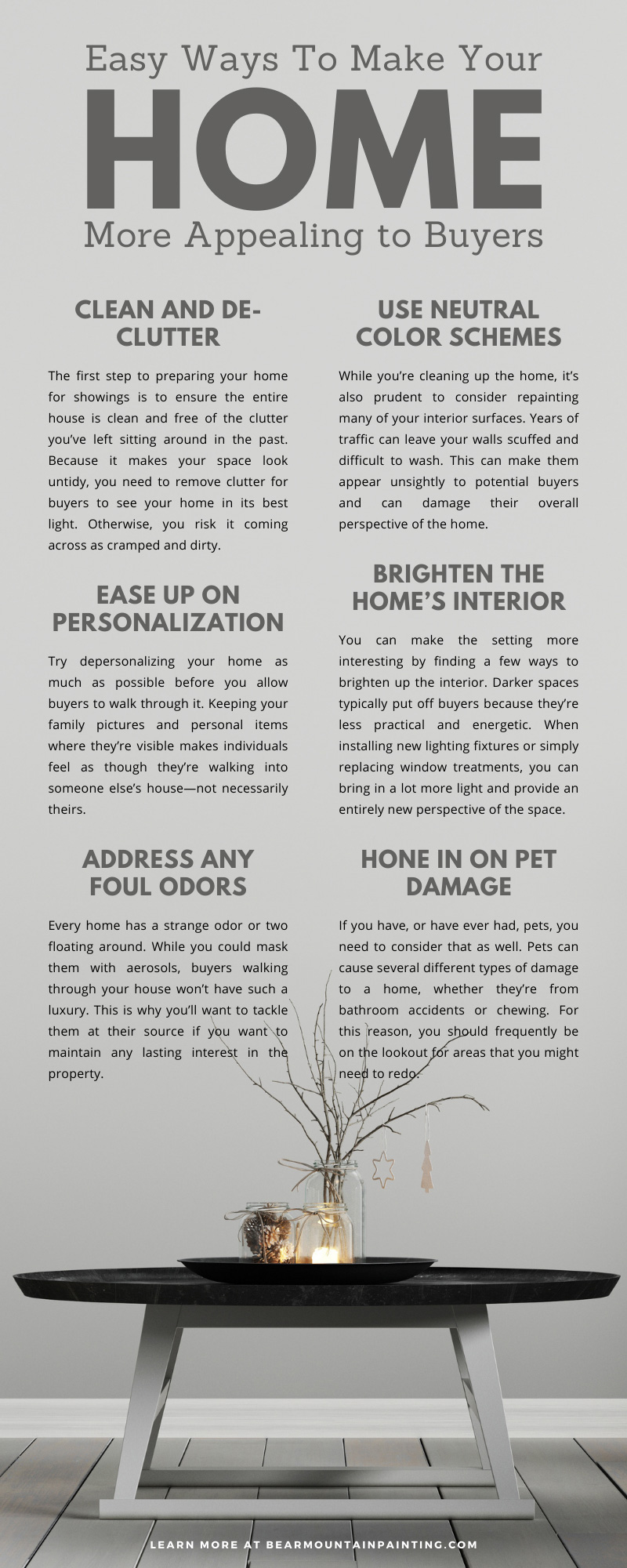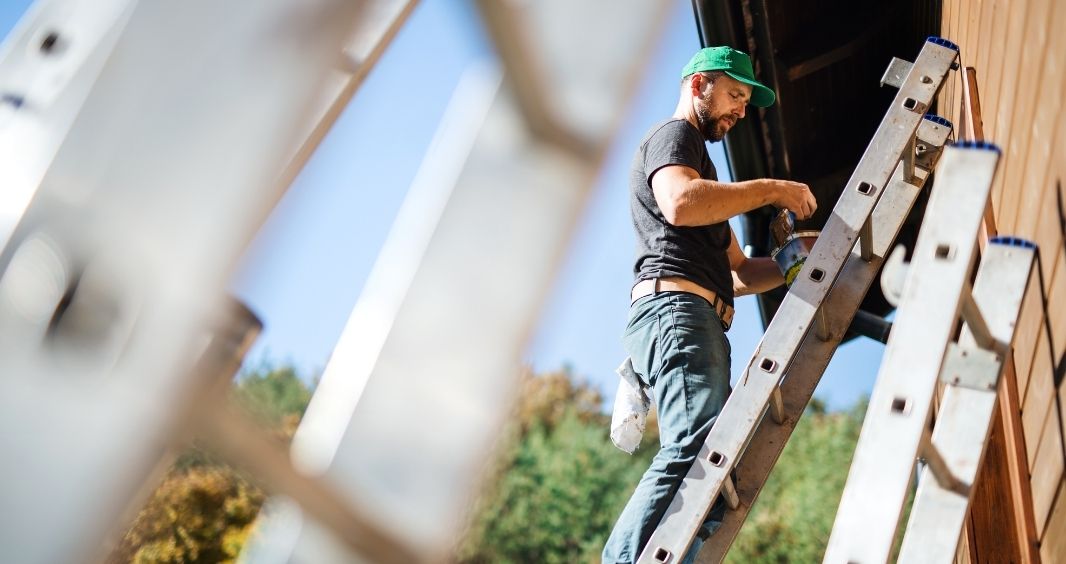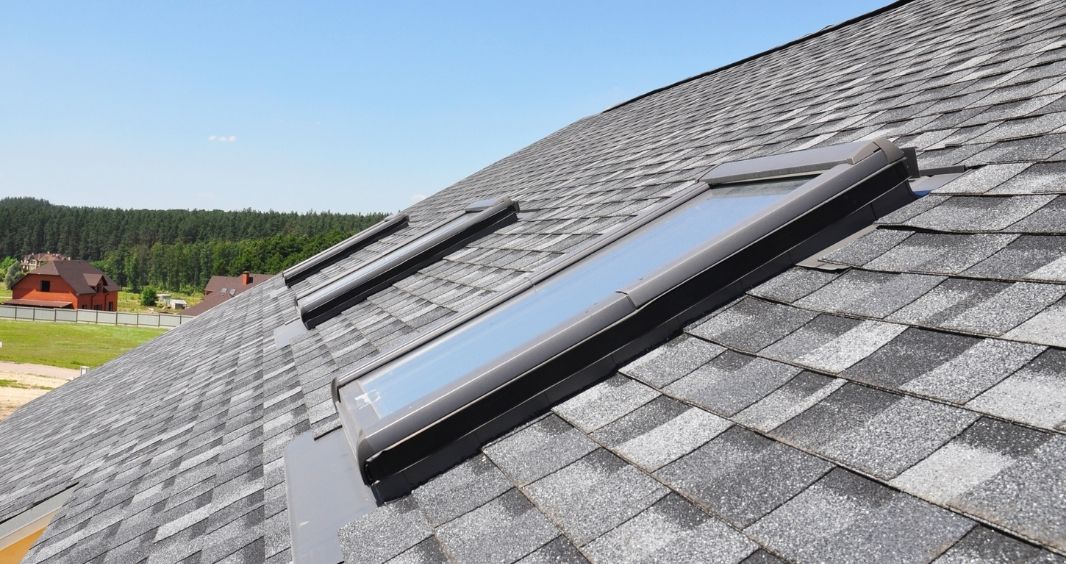
Why You Should Consider Installing Skylights or Roof Windows
As you prepare your home for new renovations, consider adding additions to your home. For example, aside from another guest bedroom or a second living room, adding a skylight or roof window can elevate the house and bring in more natural light. Consider our list on why you should consider installing skylights or roof windows onto your home as a sign you should get one.
Understanding the Terminology
The terms “skylight” and “roof window” go hand in hand, but they often get misconstrued with other similar words. Below are more phrases that can have similar definitions.
Skylight
A skylight is a fixed window that gets placed in the roofline. Usually, the skylight has venting options placed inside, but the window can’t open. (In Europe, many people refer to it as a “rooflite” instead of a skylight.)
Roof Window
A roof window can open by pivoting with an awning-style device. Similar to sidewall awning panels, the roof window can have a screen installed. Many manufacturers call this window type a venting skylight.
Light Shaft
A light shaft refers to a structure’s connection to the skylight or roof window. It acts as a shaft that links trusses and joists to the roof for easy placement. The light tube (or “chase”) is found mainly in one-story homes that have horizontal openings as part of the roof. Keep in mind that the framing system’s price adds up to the cost of installing the window.
Tube Window
The tube window is an inexpensive version of the light shaft, as it lifts a dome-like window from a flexible reflective tube. This skylight style can be seen in small spaces to add natural light to smaller places, such as the closet, bathroom, or laundry room.
Your Skylight and Roof Window Options
There are plenty of roof window or skylight options to pick from. You can also select the best type of glaze and glass for the panes. Other options to enhance the window include the ability to open them with remote control. The motor-powered window is an excellent purchase for properly ventilated windows in a light shaft.
Prevent window glass from breaking by using opt-in or shatter-proof glass. Then, as the weather becomes severe, you won’t need to worry about the windows breaking from hailstorms or tree branches falling onto the roof. Shatter-proof glass also improves your home’s security features.
Installation Options for Skylights and Roof Windows
You can install your skylight or roof window in one of three ways. Below, we’ve listed out three different approaches to install a skylight or roof window onto your home, even if you don’t have experience.
A Homeowner Installation
If you have basic carpentry skills, you can set up a skylight or roof window on your own. It’s even possible to DIY your skylight installation. The same core skills you’d use to install a side window can help place in a skylight or roof window. However, if you have a motor-operated window, hire an electrician. They can ensure the wiring is secured correctly before and after the window is mounted. Before beginning your home setup, consider your strengths and weaknesses to determine an efficient installation strategy.
A Window Company
Looking for window replacement or installation company in your area can lead you to many well-known companies, such as Bear Mountain Custom Painting. At Bear Mountain Custom Painting, our services extend beyond house-painting services. We also take time to service areas with our window installation.
With our services, we can equip you with the skylight or roof window of your choice. Before installation, we recommend picking an area that’s fully framed so the installation process can happen faster. After setting up, the rest of the process is up to you.
Hiring a Carpenter or Contractor
A carpenter, contractor, or handyman can install your skylight or roof window for you. This suggestion is inexpensive and, depending on whom you pick to set everything up, it can help you save money. For example, if you decide to use a contractor, they can plan everything with you, from inspection, choosing style choices, and hiring outside help. A carpenter or handyman will do the job solo or bring on one different partner.
Our best advice is to go with a carpenter or contractor who has good recommendations and is trustworthy. Do a quick background check on them and check that you can contact their references for questions or insight on their work ethic.
Roof Windows and Skylights Limitations
With every renovation project, there’s going to be some limitation on what you can do. However, this list is comprehensive and explains more about understanding your restrictions as you dive deeper into your home remodeling project.
- A building code limits you on what modifications get made to the house. Typically, windows grant easy access to escape a disaster like a fire or a flood. Unfortunately, roof windows or skylights aren’t great in these situations; one has a permanent seal and the other doesn’t have enough space to allow others to go through. Luckily, many window companies offer the option for roof windows to have an extra opening that allows for more space. To have an egress window installed, you also need a ladder attached to the side of your home so people can get down safely.
- Skylights are perfect for people who want to save on energy. Unfortunately, no blinds or curtains are included, so you’ll have to buy them separately.
Installing a skylight or roof window is an exciting venture to take when improving your property value and energy costs. However, it’s essential to keep costs in mind before you go and install a window on your roof. There’s more than style to choose from; you can decorate how you want it or even decorate the room to make the window stand out.
At Bear Mountain Custom Painting, we do our diligence to ensure all services we provide get adequately done. We let you be the deciding factor when you’re figuring out the style of your windows—or even house painters in Cummings, GA. Now that you’ve read about why you should consider installing skylights or roof windows, contact us for more information. We can help you improve the interior and exterior of your home.

